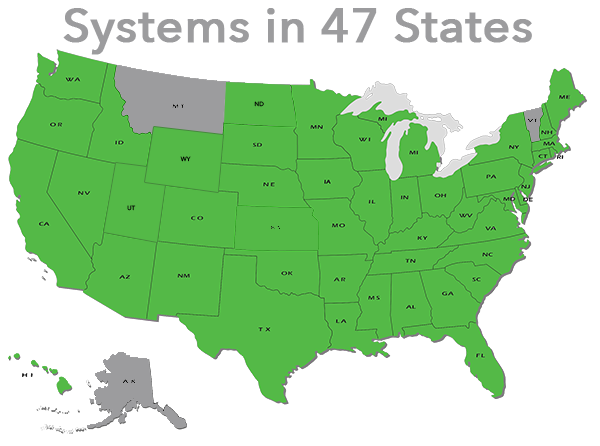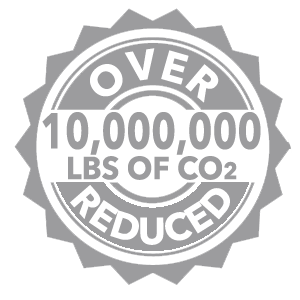

October 30, 2014 In the long term, energy-related carbon dioxide (CO2) emissions are driven by economic and efficiency trends and changes in the fuel mix. But weather fluctuations, which drive the level of energy use for both heating and cooling, are a very significant factor affecting year-to-year variation in fossil fuel consumption and their resulting emissions. EIA's most recent monthly Short-Term Energy Outlook (STEO), issued on October 10, forecasts U.S. energy-related CO2 emissions for 2014 and 2015 at 5,457 million metric tons (MMmt) and 5,436 MMmt, respectively, both higher than the 2013 emissions level of 5,396 MMmt. The forecasted 1.1% rise in CO2 emissions for 2014 relative to their 2013 level reflects a combination of historical energy use data already in hand for more than half of the year and forecasted energy use for the remaining months. Very cold weather early this year contributed to an increase in total energy use...
3866 Hits
3866 Hits



























